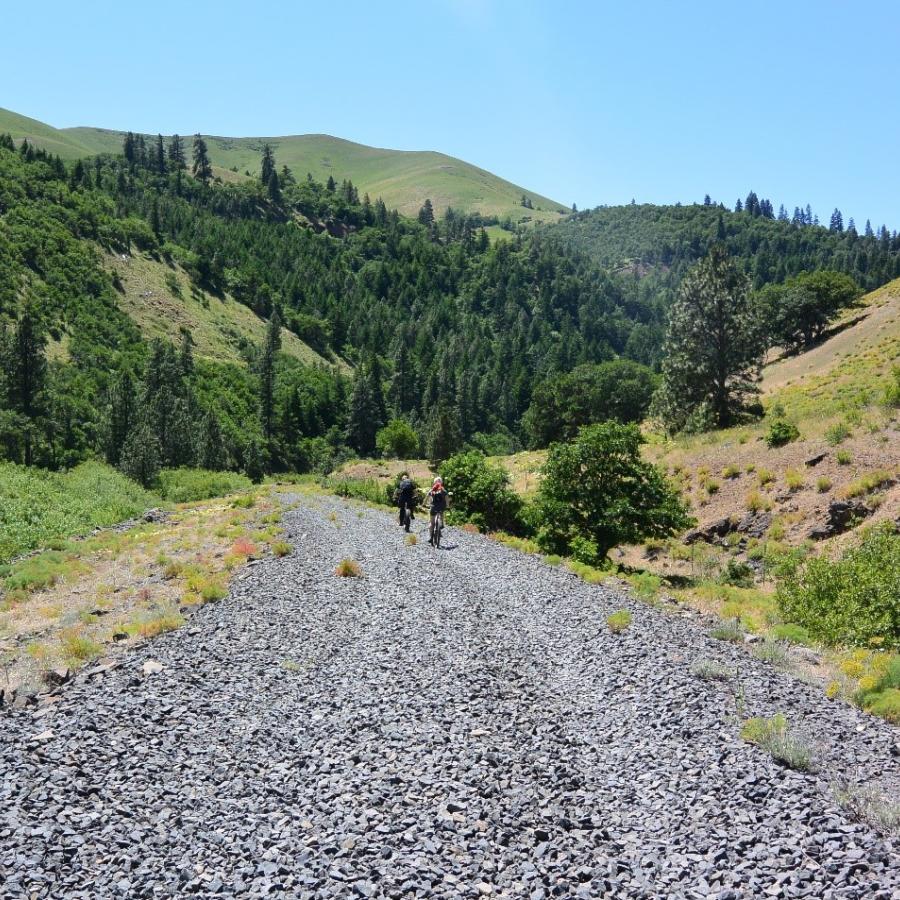
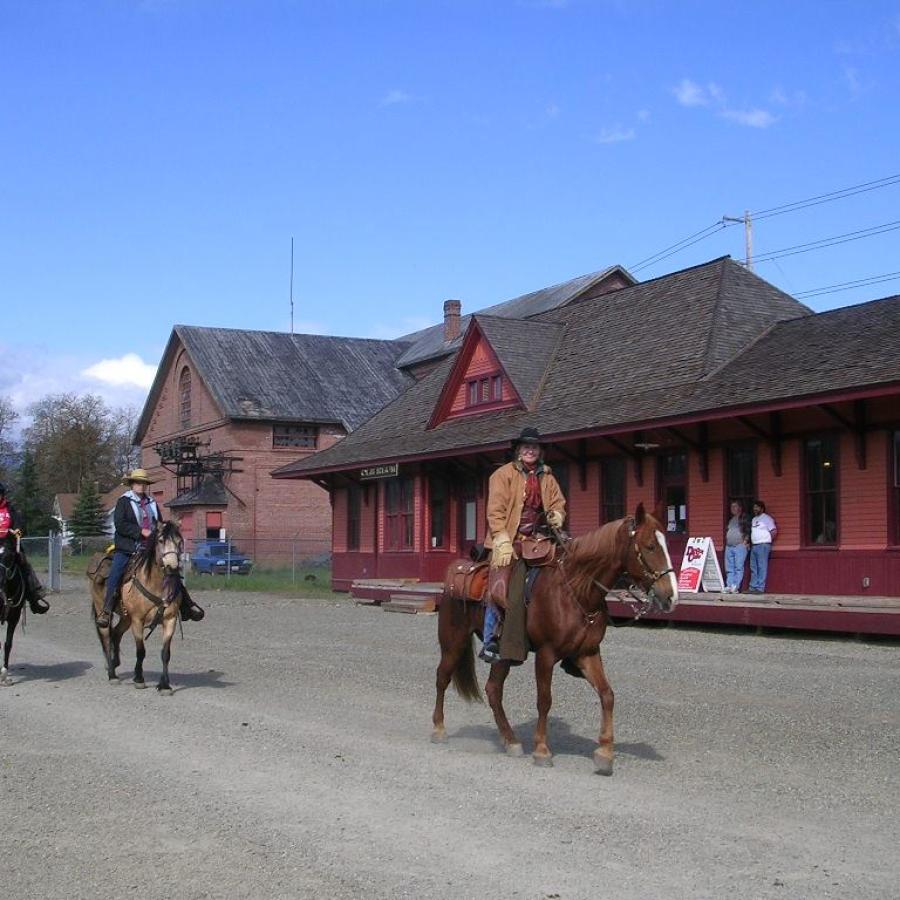
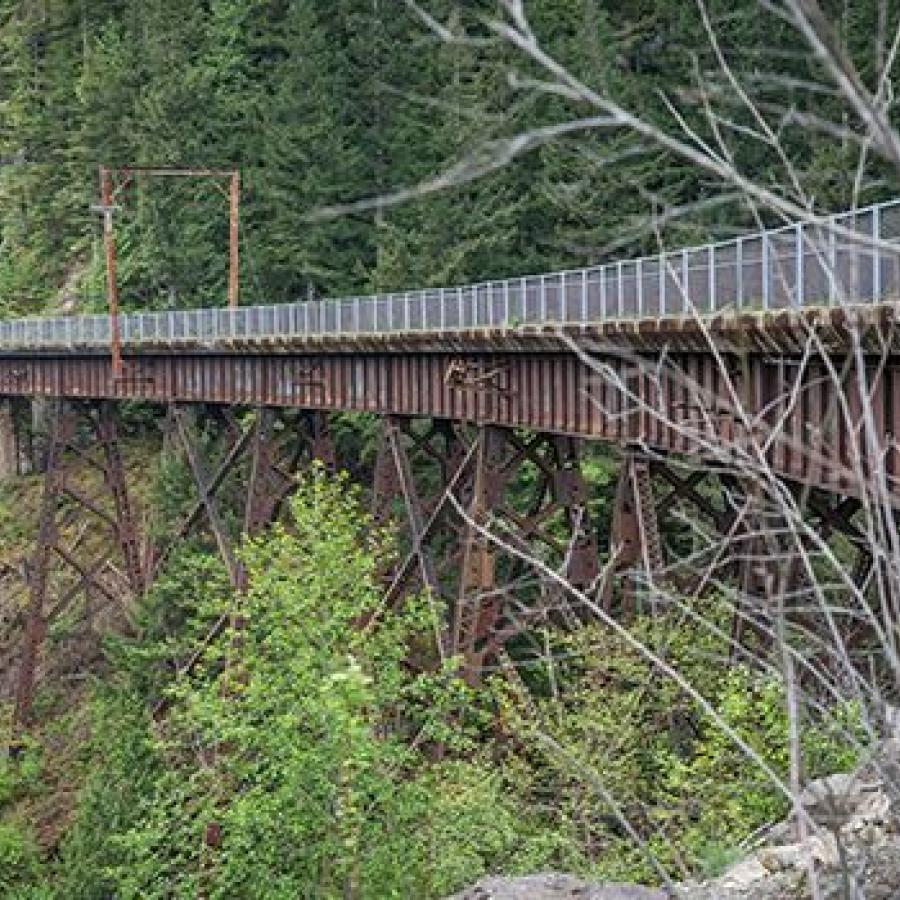
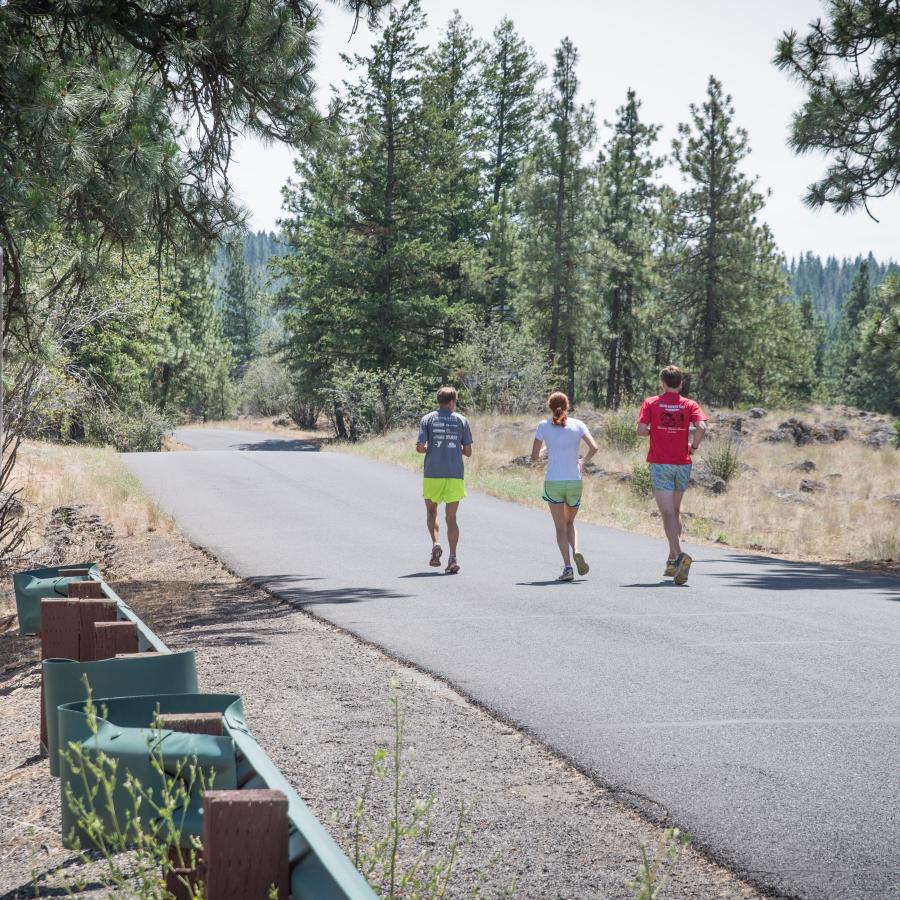
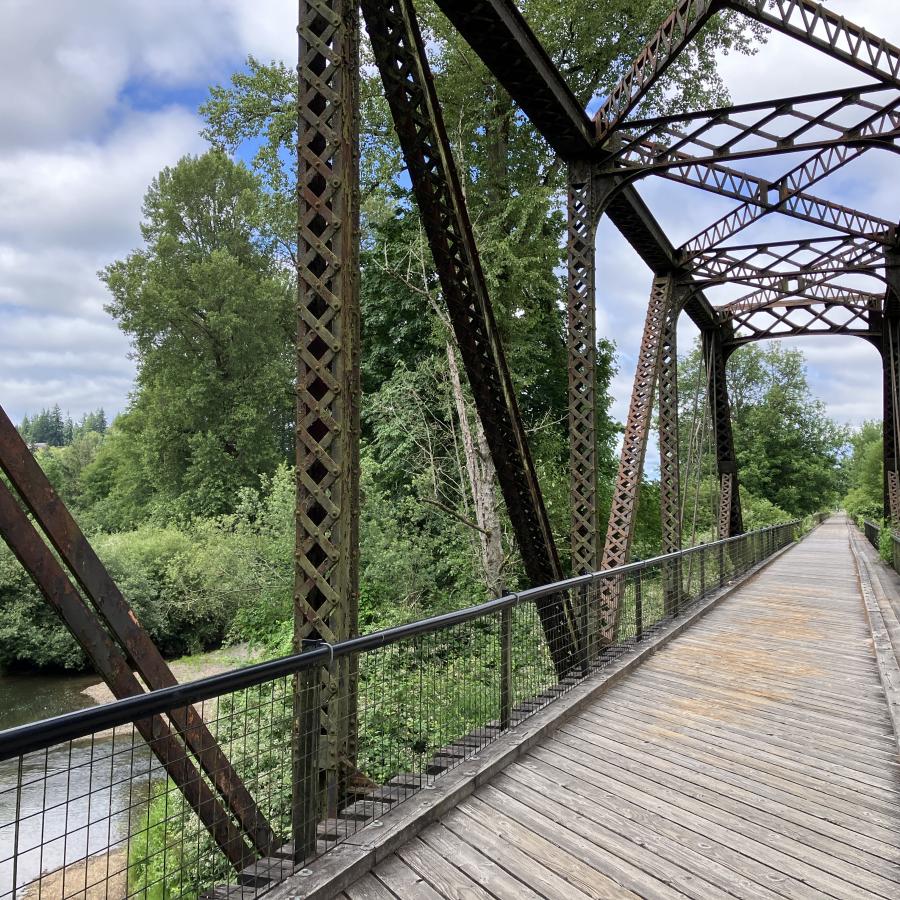
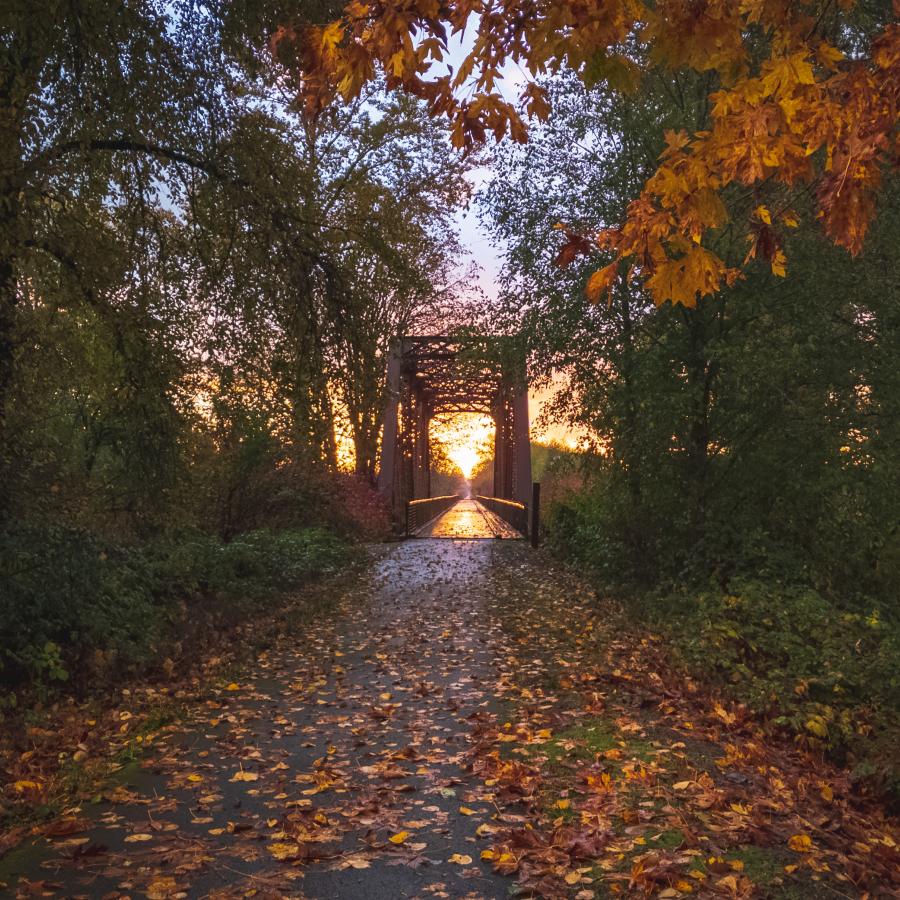
Wildfire season is here and impacting several parks, so make sure you’re in the know before you go. Before you head to a park, please check its page or head to our alerts page for closures, alerts and other important information to make sure you have a fun, safe and informed trip.

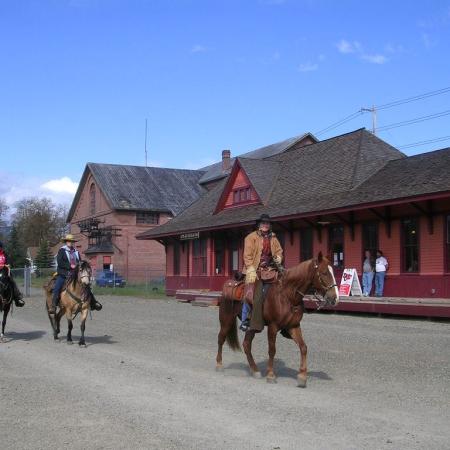
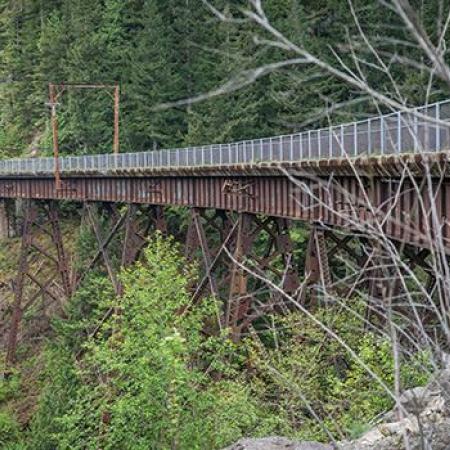
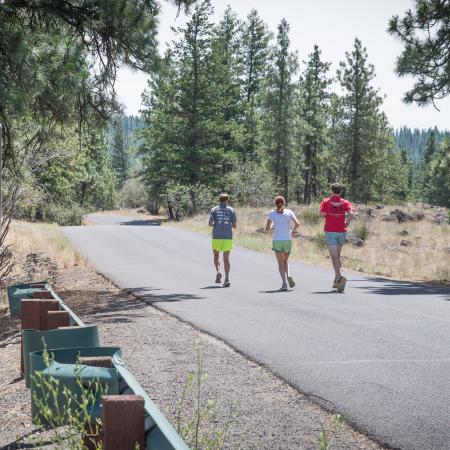
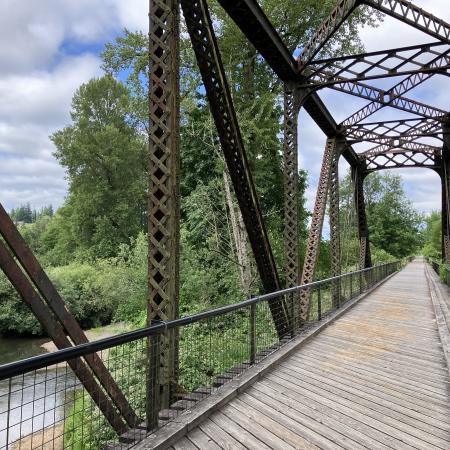
The Columbia Plateau State Park Trail travels 130 miles between East Pasco and Fish Lake (near Spokane), through the channeled scablands and pine forests of eastern Washington. Only certain sections of these trails are currently paved or graveled, many areas are unimproved. Future phased-development plans call for additional surface improvements and the addition of primitive campsites.
The Klickitat State Park Trail runs 31 miles through stunning Columbia River Gorge country between Lyle and the Goldendale plateau. As it leaves the Columbia to follow the Klickitat River, the gentle trail leads cyclists, hikers, birders through dramatic Swale Canyon. Please note that trail surfaces can be rugged and there may be wildfire related closures of Swale Canyon. Check conditions before your adventure.
The Palouse to Cascades State Park Trail (also known as the "PTCT") gives hikers, cyclists and equestrians an unconventional way to explore a variety of environments, flora and wildlife while getting a taste of Washington’s scenic diversity. Explore the forested Cascade Mountains to the arid shrub-steppe of eastern Washington. Sitting on the historic Chicago-Milwaukee-St. Paul-Pacific Railroad corridor, nicknamed the "Milwaukee Road," this 251-mile trail runs in sections from Cedar Falls near North Bend east to the Idaho border.
This paved trail wanders for 40 miles alongside the Spokane River from Nine Mile Falls on Lake Spokane, through Riverside State Park, downtown Spokane, to the Idaho border. If you would like, you can keep on going right into Idaho. Several significant historic sites are marked along the way, with many more signs still to come. The Spokane River Centennial State Park Trail is open to hikers, joggers, bikers, and in-line skaters. Certain portions of the trail are open to horses as well.
Willapa Hills State Park Trail is a 56-mile-long rail-trail, running east-west between the cities of Chehalis in Lewis County and South Bend in Pacific County. The trail is open to people walking, rolling, biking, and riding horses. The trail has pavement, compacted gravel, and natural surface segments. It can be accessed from Rainbow Falls State Park and several trailheads.
Parts of these trails may have construction, missing trestles or pass through private property. Make sure you check for detours and closures while planning your trip.
Some sections of trail require pre-registration. Please visit the trail you'd like to visit's page to learn more about what you need to do before you head out.
Please use the trash cans and dumpsters to help keep parks clean. Recycling is encouraged in all Washington state parks. In parks with a pack-it-in/pack-it-out program, visitors must carry out everything they have brought in.
Do not touch, feed or harm wild animals. Do not pick or walk on plants and flowers. Always stay on designated roads, trails and campsites. All wildlife is protected.
All park buildings, signs and tables and other structures are also protected; removal or damage of any kind is prohibited.
Learn about seasonal closures and operational changes during the off-season on the Winter Schedule page.
Use the Find a Park Page to see maps and visitor guides for a specific park.